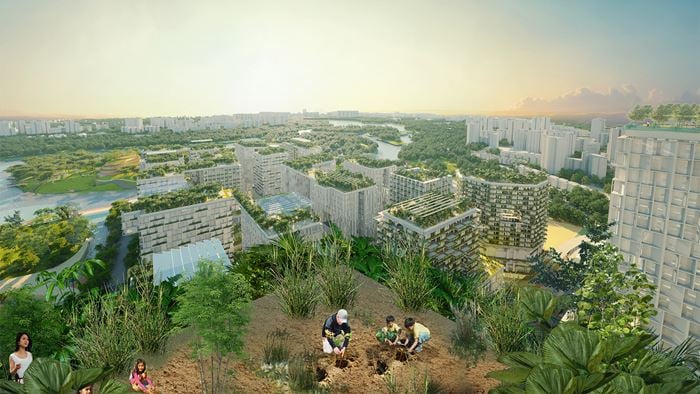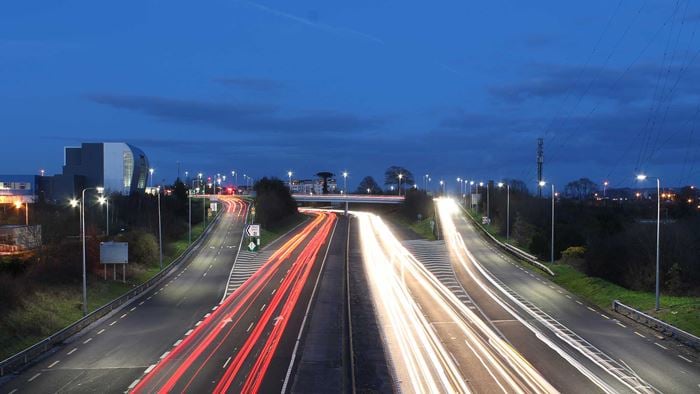Infrastructure Australia (IA) has identified six challenges and nine recommendations to support liveable cities in Australia in its most recent paper, Planning Liveable Cities: A place-based approach to sequencing infrastructure and growth.
The paper was informed by research and interviews undertaken by Arup’s cities specialists across Australia.
It calls for a fresh perspective to the ways city practitioners identify the right types of infrastructure in the right places, and encourages a rethink to governance, funding and community engagement mechanisms to deliver infrastructure and services to best meet the liveability outcomes of communities.
Here, Justin Madden (Cities Leader VIC/SA) and Safiah Moore (Senior Planner NSW/ACT) review the paper and its context – the rapid growth of Australian cities.
Capital cities welcomed more than 80% of Australia’s population growth in the 2016 financial year (ABS, 2018), requiring additional homes as well as infrastructure and services to suit our cities’ evolving community characteristics.
Good planning and timely delivery of infrastructure and services are needed to ensure our cities are productive, healthy and enjoyable places to experience daily life.
However, the current approaches to infrastructure planning and delivery are obstructing Australian cities’ pathway to liveable cities.
Poor planning is costly too. IA highlights that, “to date, governments have not sequenced infrastructure and development well, resulting in congestion, poor amenity, disgruntled communities and more expensive and inefficient infrastructure networks”.
Communities are increasingly feeling the strain of crowded, missing or inappropriate infrastructure. These experiences are overshadowing the benefits of growth and influencing recent national conversations on international migration.
“This paper is a timely discussion of ways that we can shift community experiences of growth. We look forward to exploring ways to best implement these recommendations with industry partners, government and the community.
”Safiah Moore Senior Planner
In Planning Liveable Cities, IA unpacks the obstructions to timely infrastructure sequencing and development and present a series of recommendations (R) for change.
The findings (F) highlight that planning and delivering appropriate infrastructure and services in existing urban environments is complex. Governance arrangements and funding mechanisms are inappropriate to deliver the right infrastructure at the right times, and ways to collect and share data and community participation processes have not yet evolved to operate in this complex environment.
Competing or misaligned priorities of national, state and local government agencies are identified as an overarching challenge (F2 and F3). Importantly, with IA’s national remit, challenges and recommendations are considered Australia-wide. Establishing a “whole of government national vision for Australia” is recommended to guide decision making at a state, city and local level (R1).
Across Australian cities, there are gaps in understanding the capacity of infrastructure networks. If data exists, this is not easily shared (F6).
“There are no clear triggers for new infrastructure, and limited processes to understand the cumulative impact of incremental development. Infrastructure gaps are only then identified when there are significant deficiencies in a network. ”
Justin Madden Cities Consultant

R9 calls for smarter ways to collect and share data to inform better use of existing infrastructure and the design of new infrastructure.
IA recommends a ‘place led’ approach to infrastructure planning and design (R5). This approach calls for a revisit of sector-based planning that can lead to narrow perspectives on projects (F3). With a focus on place, infrastructure projects are assessed based on city-wide social and economic outcomes with support from various sectors in the city. It is a necessary shift to respond to Australia’s complex urban environments.
Overlapping, inconsistent and inappropriate funding mechanisms are also identified as clear inhibitors to coordinated infrastructure and service delivery (F5). Further assessment of the mix of available funding mechanisms to get the right infrastructure in place at the right time is called for (R7). The right infrastructure may be making better use of existing infrastructure assets as highlighted in R8.
R6 elevates the community’s role in planning to strategic planning stages. This includes engaging people in conversations about the trade-offs that may need to occur within communities to support liveable cities for all.
The full suite of findings and recommendations can be found here.
 ;
;








